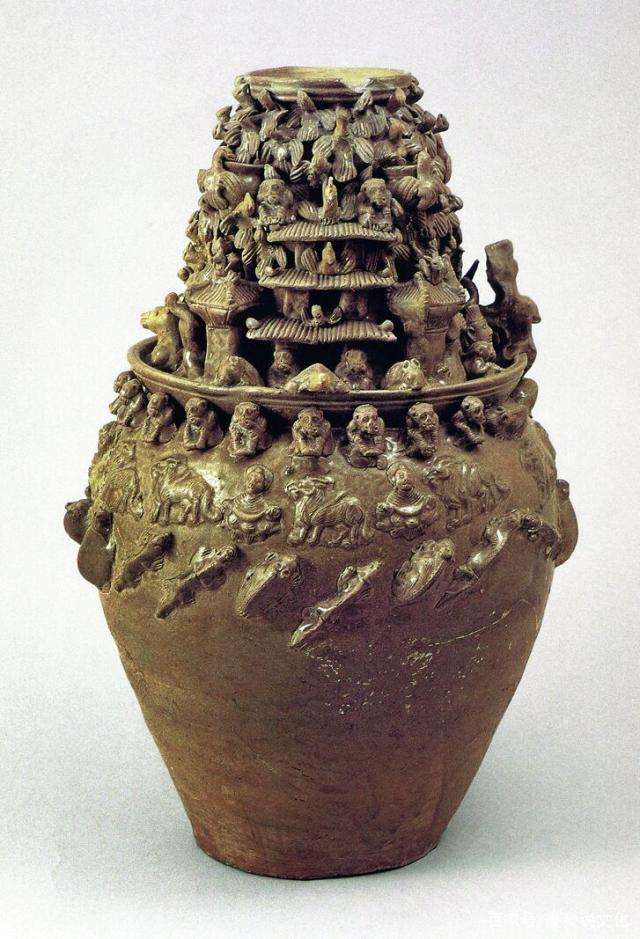The Art of the Primitive Ceramics
3 min readPeople not only availed themselves of Nature to satisfy their basic needs, but also learned to alter Nature and create brand new things following their own wills so as to meet increasing needs in daily life. Such needs fully reflect people’s intrinsic desire for aesthetic enjoyment. The invention of pottery is a piece of eloquent evidence.

Around ten thousand years ago the technique of firing pottery was subsequently invented across the world. The pottery ware became daily necessities as well as the immediate forerunners of the porcelain. As early as 8,000 years ago the pottery-making was invented in China which was one of the pioneers in firing and using pot tery ware in the world.
The invention of pottery ware was the greatest achievement in the primitive handcraft industry and marked the beginning the Neolithic Age. The making of pottery ware was as follows: the tractable clay was made moist, molded, dried and fired at the heat of 700~1,000 degree centigrade so that it became hard and stiff. This wasa kind of creation through qualitative changes caused by the physical changes and chemical reactions. The invention of pottery signified human beings’ first attempt t change the quality of the crude materials so as to meet human needs.
The earliest pottery ware was unearthed at the site of the immortal cave in Jiangxi province and were tested and estimated to date back to over 8,000 years ago.

Up to the early Yangshao cultural period the pottery-making had attained great progresses as reflected in the ceramic varieties such as the drinking and eating utensils, the storage ware, the water container and cooking ware, etc; to be specific, ceramic products include bowls, pots, basins, kettles, urns, jars, bottles with a narrowneck and a tailoring body, ware with a small neck and a flat bottom or a wide neck and a tailoring body. The small pottery ware were pinched and tweaked into shape while the bigger ones were made by mud rolls instead of the mud pieces. Before putting into the kiln, certain dried mud molds were decorated in some way. In the early Yangshao period the kiln temperature ranged from 900 to 1,000 centigrade.
The oxygenation gave the pottery out of the kiln the red color and the black patterns on the surface. Such ware wouldn’t rub off because they were drawn before the ware being put into the kiln. The ware thus produced were color pottery. The shaping and decorations of the color pottery attributed to the thriving development of the ceramics.

The advent of the pottery ware was closely linked with the development of the farm economy. From the beginning of the Neolithic Age on, people lived a more or less settled life thanks to the development of farming and animal husbandry. The development of agriculture led to the production of surplus food which necessitated the production of certain ware to store food. So pottery wares were made to meet such needs. With the pottery utensils, people could cook food, which changed people’s eating habits and resulted in the enhancement of human constitution and development of human brains. Thus the invention and use of pottery ware represented another great move forward of the Chinese civilization.








